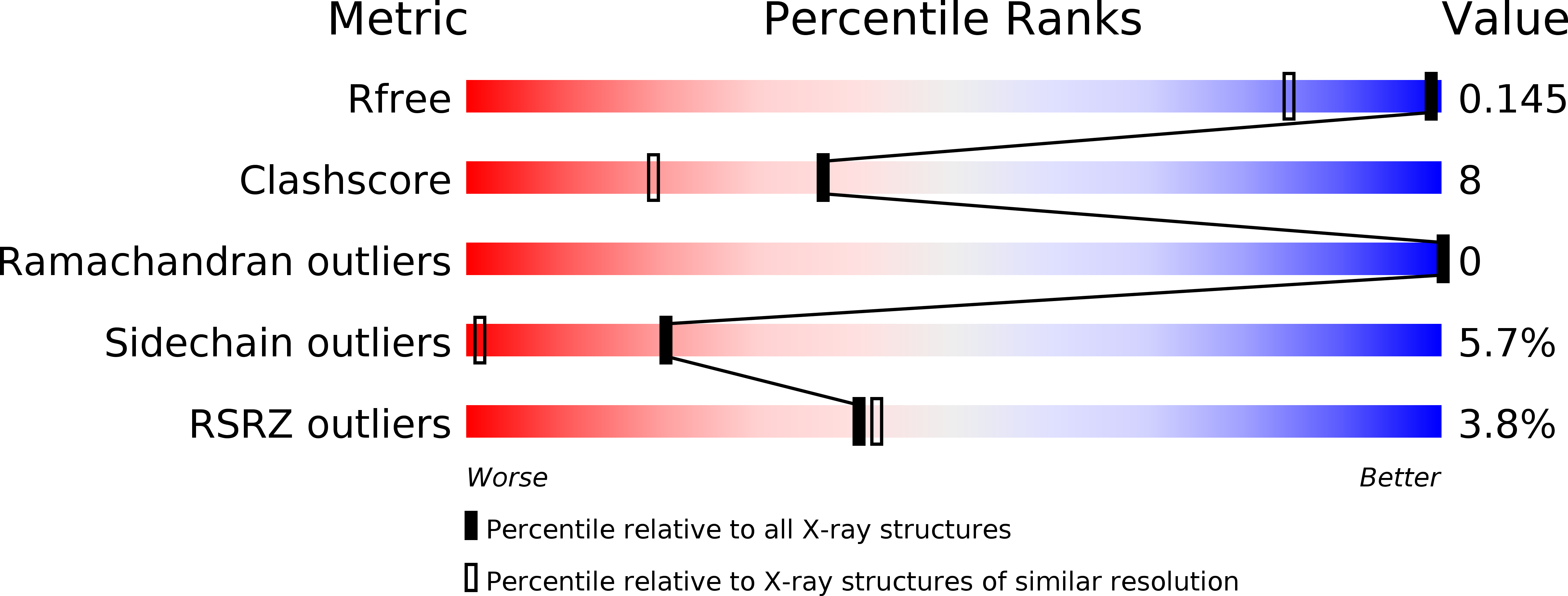
Deposition Date
1999-08-03
Release Date
2000-04-02
Last Version Date
2024-02-07
Entry Detail
PDB ID:
1C9O
Keywords:
Title:
CRYSTAL STRUCTURE ANALYSIS OF THE BACILLUS CALDOLYTICUS COLD SHOCK PROTEIN BC-CSP
Biological Source:
Source Organism:
Bacillus caldolyticus (Taxon ID: 1394)
Method Details:
Experimental Method:
Resolution:
1.17 Å
R-Value Free:
0.17
R-Value Work:
0.12
R-Value Observed:
0.12
Space Group:
I 41


